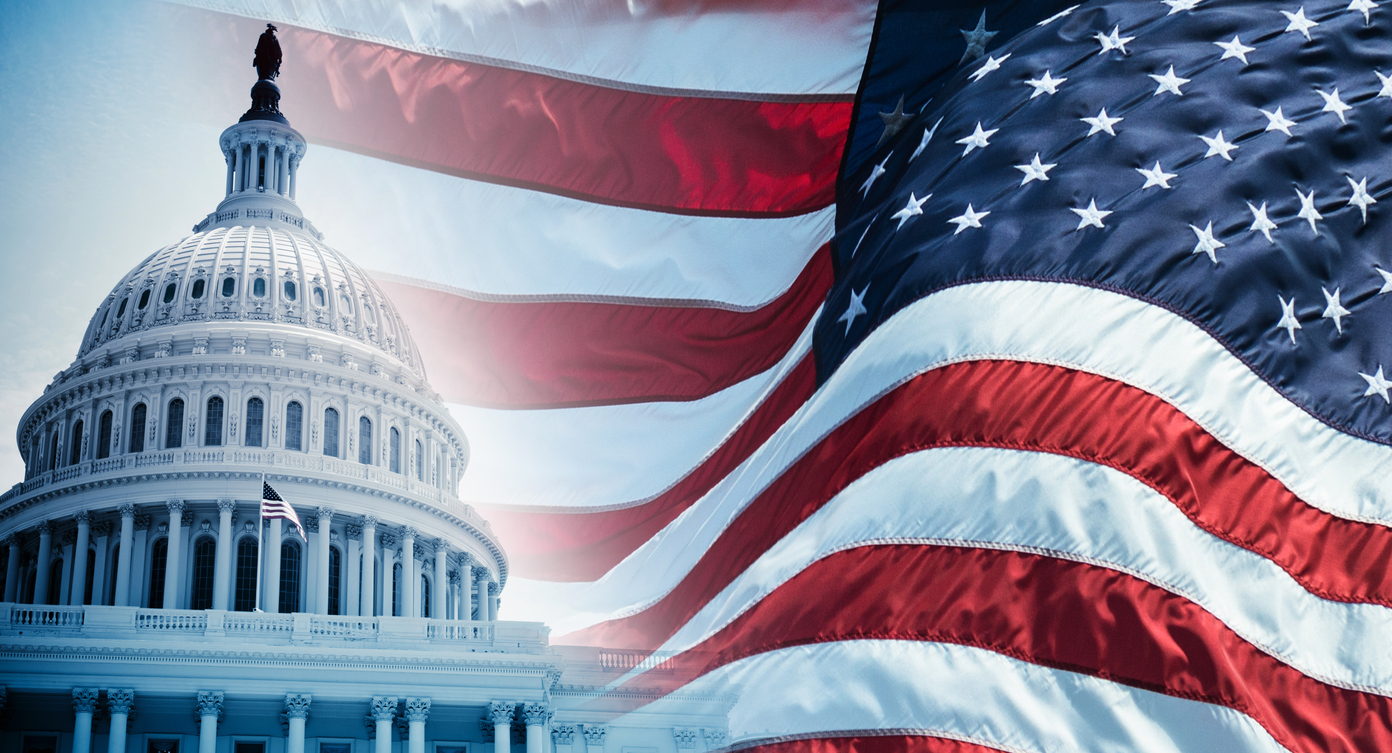As the US election year heats up, addressing political contributions has come to the forefront of many compliance teams’ minds. When discussing political contributions or ‘pay-to-play’, many of us have different notions about what exactly this refers to. In truth, it’s quite a large umbrella that covers different laws and policies. It includes areas such as bribery and services fraud that have a connection to a political contribution, or even a charitable donation, and some government-specific decisions. These rules apply to more than just the federal government. State and local governments have their own sets of rules and regulations that must be followed and built into a firm’s compliance policy.
With that said, it can be daunting for a company to look at the complexity of this regulatory landscape and create a comprehensive strategy that they are confident will cover their team. It can seem like a patchwork of laws and regulations coupled with large amounts of data migrated from various sources and in numerous formats. While the compliance team attempts to keep track of the incoming flood of information, it can create a gray zone where things get lost – and that’s where the real risk lies.
The copious amounts of data can create a problem for an internal compliance team when they need to track it all on their own within a framework that might not be up for the task. It becomes easy to lose track of disclosed employee political contributions – those that you pre-approved or perhaps declined – and those that they or their spouses haven't disclosed.
To simplify this process, some teams have produced a blanket policy that prevents their employees from making any political donations. But why isn’t this a very popular choice? Because it runs the risk of violating employment laws, and could be seen as an unfair requirement. So where do we find the middle ground of simplifying the process for compliance teams, while still making it effective so no one misses out on an opportunity to donate if they wish to do so?
SIMPLIFYING THE APPROACH
The best approach for a compliance team looking to build out its own political contributions framework is to simplify the process as much as possible. Don’t be mystified or paralyzed by the complexity of it all. When designing a system, focus first on policy. Resolve the obvious problems at the very beginning. Once that’s done, the more complex regulatory tunnels can be built in on the backend.
Some firms may want to choose an external third-party to implement their framework to keep track of political contributions. Benefits of this include a quicker implementation time, a larger team focused on your firm's specific needs, the aggregation of data so the compliance team can react quicker, and strong record-keeping to make sure all processes are covered.
Manual monitoring has had its day and is no longer effective. With the sheer amount of data and policies that need to be tracked, the average team doesn’t have the time to do that during a workday. Holes in the numerous spreadsheets and documents required will begin to appear, and important information may slip through the cracks. Compliance teams have several resources to manage and if nothing else, the political contributions regulatory landscape really highlights the importance of technology. Whether for gathering and interpreting data or updating teams and software on new state or local laws, this is a job for technology.
Having concerns regarding political contributions, especially during an election year, is understandable and widespread. Taking a few simple steps and finding what best suits your firm, not only this year but also for the years ahead, will set your team up for success. While it can be complex and possibly overwhelming at times, focus on what matters, get down to the details, build the framework around your team and their needs – and enlist the help of a specialist third-party provider.
To learn more about protecting your business this election year, watch Big Problems Come in Small Packages: Monitoring Political Contributions in 2024 webinar on-demand here.



